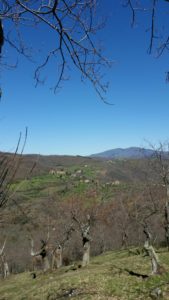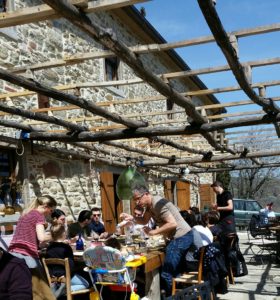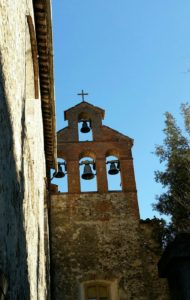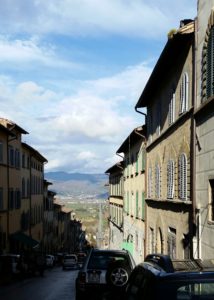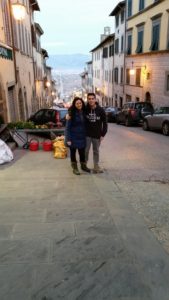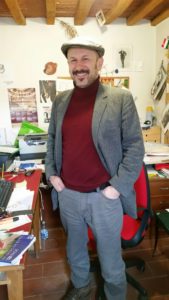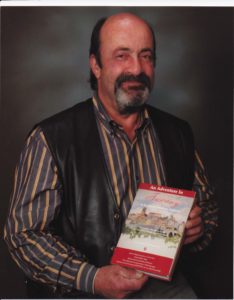While I was staying in Anghiari at Christmas time, 2016-17, I began conducting interviews with people who live in the town. Some were conducted in Italian, some in English. They will all be posted in both languages.
Belonging in Anghiari: Armida Kim
Cinzia and her daughters, Armida and Margherita, run the restaurant ‘Talozzi’ located in the heart of Anghiari. When I was invited to lunch there, Armida carefully explained dishes to me, how they had been prepared and the provenance of various ingredients. After the meal, I interviewed her and her mother. The interview with Armida was conducted in English, and was transcribed by Mirella Alessio who translated this edited version into Italian.
I was born in Sansepolcro in 1993, and for the first few months of my life, my mum and I stayed here, in Anghiari, with my grandparents. Then we moved to Milan where my dad was working. After 3 years we came back. Until I was 16-17, we lived in the centre, in the most ancient part of Anghiari, where my grandparents lived, and then we moved to the countryside.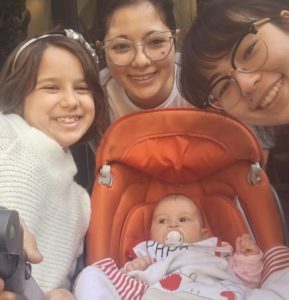
I went to elementary and middle schools in Anghiari, but, then, for high school, I went to a school of art in Sansepolcro that specialised in textiles. And now I am now doing a 3 year European Bachelor of Science in Design in Sansepolcro. Actually … there is a funny thing here, because when I finished high school I won a prize to a University in Torino to study fashion design. I don’t quite know why I didn’t go…. I am very different from my family because they moved a lot, and… actually, I wanted to stay here. Also, the topic that I am studying is very important in this area. Continue reading Belonging in Anghiari: Armida Kim →
